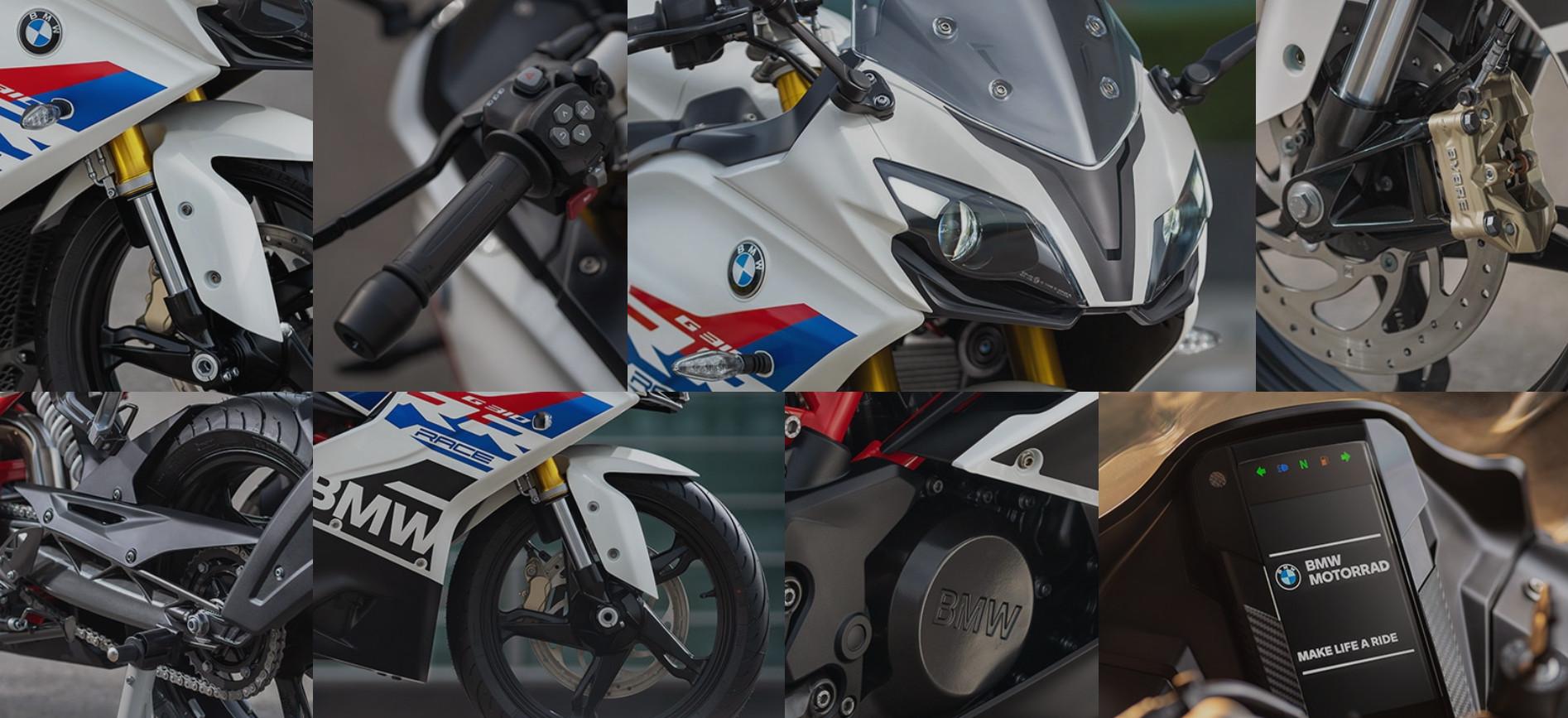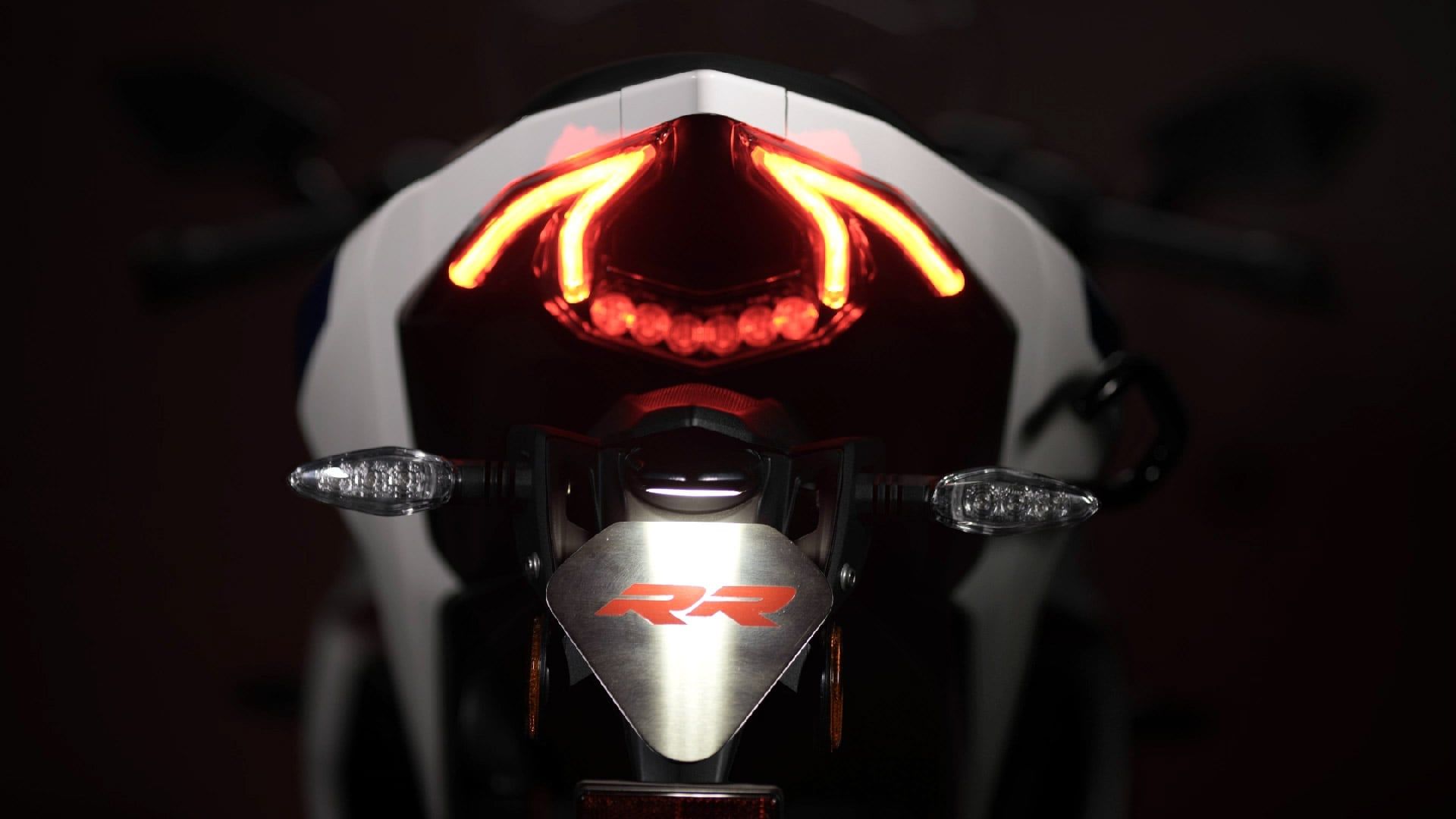Bikes4Sale Price Guide : Used Bike Valuation Tool
Know the market value of your used bike
KMs Run
| Selected Bikes |  BMW G 310 RR
Brand: Model: |
 Royal Enfield Thunderbird 350
Brand: Model: |
Brand: Model: |
Brand: Model: |
| Fuel | Petrol | Petrol | ||
| Engine Displacement | 312.12 cc | 346.00 cc | ||
| Engine | Single-cylinder 4-stroke engine, four valves, two overhead camshafts and cam followers | Single Cylinder, 4 stroke, Twinspark, Air cooled | ||
| Engine Starting | -- | Electric Push Start and Kick Start | ||
| Engine Lubrication | Wet sump lubrication | -- | ||
| Clutch | -- | Wet, multi-plate | ||
| Fuel System | Electronic fuel injection | Carburettor | ||
| Ignition | -- | Transistorized Coil Ignition | ||
| Cooling System | Water-cooled | Air Cooled | ||
| Maximum Power | 34 Ps @ 9700 Rpm - In Track/Sport mode 25.8 Ps @ 7700 Rpm - Rain/Urban mode |
19.8 bhp @ 5250 rpm | ||
| Maximum Torque | 27.3 Nm @ 7700 Rpm - In Track/Sport mode 25 Nm @ 6700 Rpm - In Rain/Urban mode |
28 Nm @ 4000 rpm | ||
| Load Carrying Capacity | Permitted total weight : 304 kg Payload (with standard equipment) : 130 kg |
-- | ||
| Transmission | Constant mesh 6-speed gearbox integrated in crankcase | 5-Speed | ||
| Gear Shift Pattern | -- | 1-N-2-3-4-5 | ||
| Drivetrain | Endless X-ring chain with shock damping in rear wheel hub | -- | ||
| Top Speed | 160 kmph | 130 kmph | ||
| Speed | 160 km/h in Track/Sport mode 125 km/h in Rain/Urban mode |
-- | ||
| Battery | 12 V / 8 Ah, maintenance-free | 12 volt, 8Ah | ||
| Frame | Tubular space frame | Single Downtube Frame | ||
| Headlamp | LED | Projection type headlamp | ||
| Taillamp | -- | LED lamp with position light guides |
| Highway Mileage | -- | 45 kmpl | ||
| City Mileage | -- | 38 kmpl | ||
| Overall Mileage | 30 kmpl | -- |
| Front | 110/70 R 17 | 90/90 - 19 | ||
| Rear | 150/60 R 17 | 120/80 - 18 | ||
| Wheel / RIM | Cast aluminium wheels Front : 3.00 x 17" Rear : 4.00 x 17" |
Spoke |
| Front | Single disc, diameter 300 mm, 4-piston fixed caliper, radially bolted | 280 mm Disc, 2-Piston Caliper | ||
| Rear | Single disc, diameter 240 mm, single-piston floating caliper | 240 mm Disc, Single Piston Caliper | ||
| ABS | BMW Motorrad ABS | -- |
| Front | Upside down fork, 41 mm | 41 mm Telescopic Forks with 130 mm travel | ||
| Rear | Cast aluminium dual swing arm, central spring strut | Twin gas charged shock absorbers with 5-step adjustable preload having 80 mm travel |
| Colors | Cosmic black 2 Black storm metallic Sport |
Stone, Marine, Lightning, Flicker and Asphalt |
| Length | 2001 mm | 2060 mm | ||
| Width | 767 mm | 790 mm | ||
| Height | 1135 mm | 1205 mm | ||
| Weight | 174 kg | 195 kg | ||
| Seat Height | 811 | -- | ||
| Wheelbase | 1365 mm | 1350 mm | ||
| Ground Clearance | -- | 135 mm | ||
| Fuel Tank Capacity | 11 litres | 20 litres |
| About | The BMW G 310 RR is a sporty bike that packs a punch with its 312.12 cc single-cylinder Read More | Thunderbird is the only cruiser type motorcycle from the RoyalEnfield family launched in 2000. Read More | ||
| Features | - BMW Motorrad ABS - Electromotive throttle controller made of stainless steel   Rear Light |
-- | ||
| Additional Details | Emission control : Closed-loop 3-way catalytic converter, emission standard EU-5 Fuel consumption per 100 km based on WMTC : 3.3 l CO2 emission based on WMTC : 78 g/km Fuel type : Unleaded regular, minimum octane number 91 (RON) Alternator : Three-phase alternator 308 W 4 Fahrmodi : Sport / Track 25 kW / 27.3 Nm, (Rain / Urban 19 kW / 25 Nm) Inner leg curve : 1830 mm |
-- |
| Pros | - Power-packed performance with its 312.12 cc single-cylinder 4-stroke engine. - Versatility with two power modes: Track/Sport and Rain/Urban. - Comfortable riding position and ergonomics, catering to both city and highway riding. - Exceptional durability backed by BMW's reputation for reliability. - Advanced safety features including BMW Motorrad ABS and robust braking system. - Unique design elements including LED headlamp and distinct 'RR' branding. - Significant load-carrying capacity, making it suitable for long road trips. |
- Robust engine performance - Classic design with modern features - Comfortable ride quality - Impressive fuel efficiency - Excellent durability and safety features |
||
| Cons | - The high price tag might be a deterrent for some potential buyers. - Fuel consumption of 3.3l per 100 km, which might not be as efficient as some competitors in the market. - Limited color options may not appeal to all buyers. |
- Might be heavy for some riders - Fuel system could have been fuel-injected - Spoke wheels may require more maintenance compared to alloy wheels |
Get the best price for your old bike. Sell your bike at the Largest Used Bike Market.